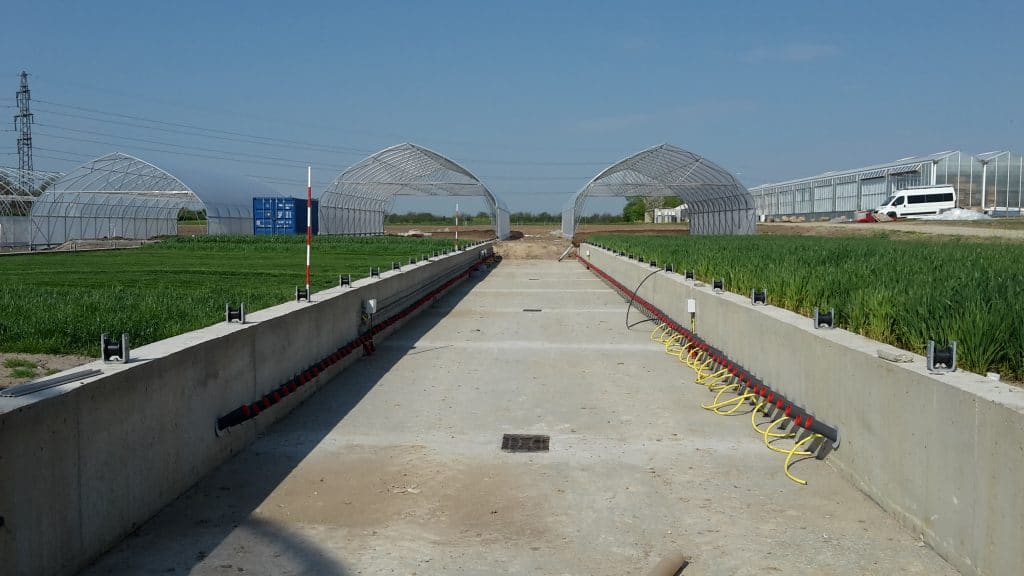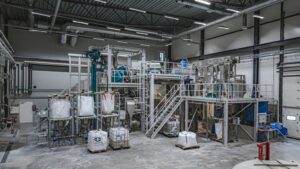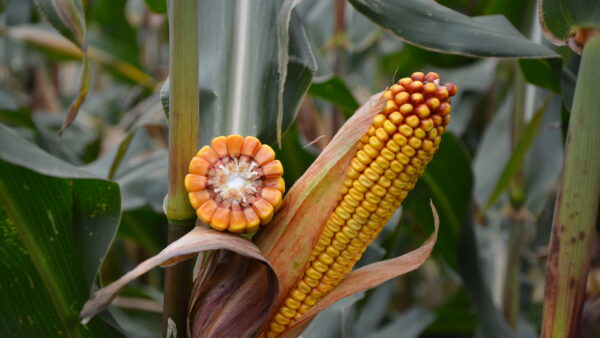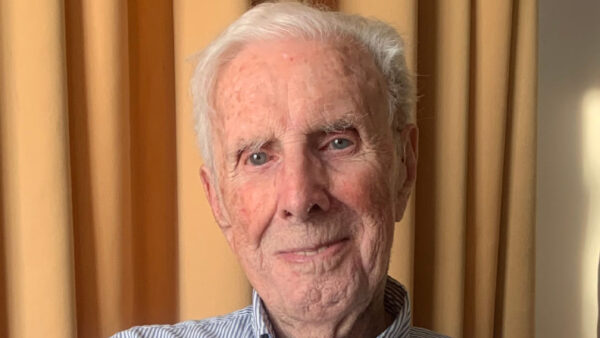Modern plant varieties show a tremendous improvement compared to old varieties, which is primarily the result of repeated selection on above ground plant traits. While this approach has taken us far, it is relevant to ask how far we can actually go – and what is the added potential, if we are able to look at and select for root growth?
Breeding companies and research institutions are starting to look for new sources for improvements below ground. Beneficial microbes, which can spike plant performance either through symbiotic interactions or by soil modifying properties, e.g. by releasing soil bound nutrients, represent a booming research field. More about this another time.
Another important field concerns morphology and physiology of the plant root. Most people probably associate deep rooting with strong drought tolerance. This is generally true, but the reality is that we know extremely little about how various root traits influence plant performance under field conditions. The reason for this shortage of knowledge is simply that most root studies have been performed under very controlled and artificial conditions in labs or growth chambers. While this has led to several important gene discoveries, we still lack thorough and realistic studies, where root growth is not limited in space and where each plant face the same competition for water and nutrients as is the case under real-life conditions.
Last year the first of its kind field-scale root screening facility was taken into use at Copenhagen University. The facility, called RadiMax, is part of a joint project between four Danish breeding companies and three universities. RadiMax allows for simultaneous drought tolerance test and multispectral imaging of roots through 5 m long Plexiglas tubes installed into the ground. The facility has room for 600 lines and during summers of 2016 and 2017, DLF tested both forage and turf grass varieties in the system. Combined with aerial imaging and yield measurements of the plant lines, scientists and breeders can now instantly relate growth curves with root dynamics both under optimal as well as stressful conditions. The intention is not only to develop more drought tolerant grasses, but also to build a genomic prediction model, that can assist breeders in selecting grasses for optimal root growth outside the facility. The results of the first year’s pilot screening look promising, and give the hope that it now, for the first time, is possible to breed for improved root performance. The black box is opening up!









